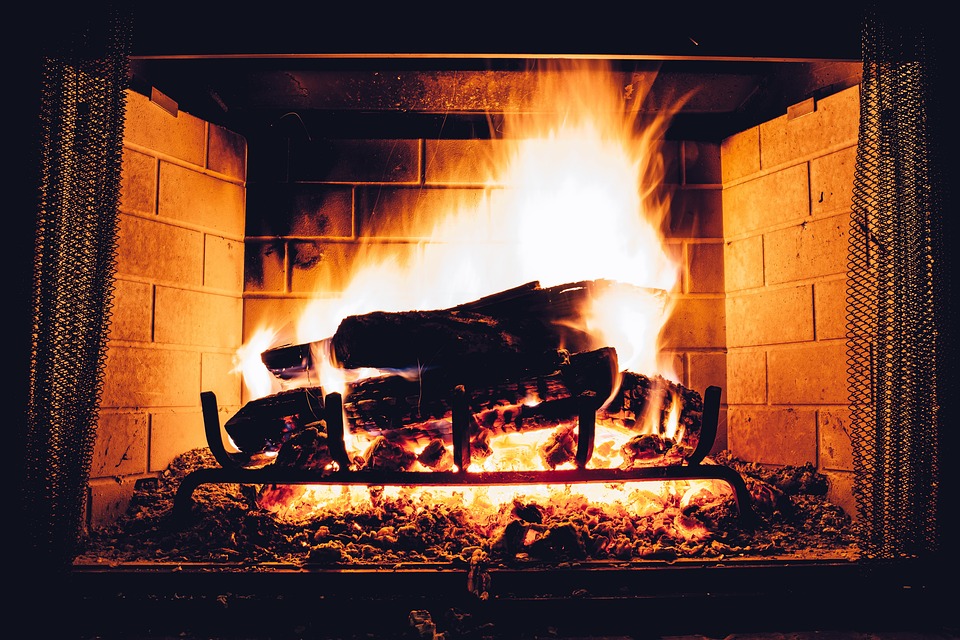Once summer is gone and the cold weather begins to settle in, nothing is more relaxing and cozy than enjoying the warmth of your home fireplace. Not only are fireplaces comforting and romantic, but they are also practical if you want to heat your home without using a lot of gas to do so.
However, your fireplace can quickly become dangerous if you don’t take the time to perform maintenance on it. Most people neglect their fireplace when they aren’t using it, however, the fire burning offseason is the perfect time to give your fireplace a little TLC.
Here are some tips to help you properly care for your fireplace:
- Clean your chimney — Making sure your chimney is clean is an important task that will help prevent fires within your chimney. You should hire a professional chimney sweep to perform an inspection and necessary maintenance on your chimney before you start your first fire of the year. They will make sure there are no blockages or creosote, which is highly flammable, inside your chimney.
- Inspect fire and carbon monoxide alarms — Before you start lighting your fireplace, make sure that you test your fire and carbon monoxide alarms. If they aren’t working, replace the batteries. These alarms could potentially save lives if the worst happens.
- Keep the surrounding area clear — When a fire is contained in a fireplace, it’s easy to forget that a misstep can cause a disaster. Before you start any fires in your fireplace, make sure any items that are flammable, like furniture and rugs, are pulled at least 3 feet away from the hearth. Doing this will help ensure that nothing in your home will catch on fire.
- Burn the right kind of wood — You may think that the type of wood you burn in your fireplace may not matter, but it does. Seasoned hardwoods like ash, oak, birch, and maple are the best types of woods you can use in your fireplace. Seasoned wood is generally a year old, which is evidenced by a grayish appearance on the outside. It will also weigh less than fresh wood. Unseasoned wood will burn, but it will also produce lots of sparks, and flying embers could put your home at risk of a fire.
- Remove excess ash — Having a little bit of ash in the fireplace makes it easier to start a fire. However, having excessive amounts of ash can impede the airflow in the chimney. To prevent this from happening, you should shovel out ash that exceeds 1 inch. Make sure you perform this task when the ashes have completely cooled.
- Use the damper — The damper is a vital feature of your fireplace because it controls the airflow in and out of your chimney. If you light your chimney without opening the damper first, the smoke will come inside instead of going outside. However, once your fire has burned out, don’t forget to close the damper or else you’ll lose all that precious heat and let in the cold.
If you take proper care of your fireplace each year, you can prevent accidents from happening, while also ensuring that this important home feature works effectively for many years to come.

